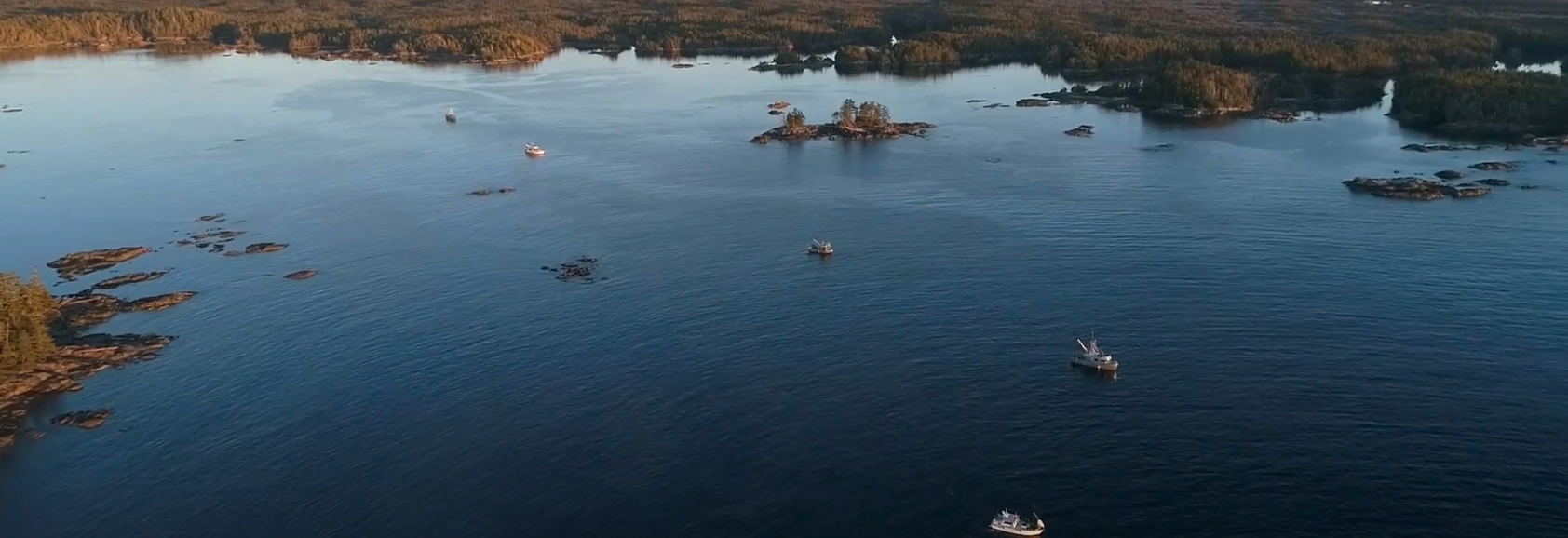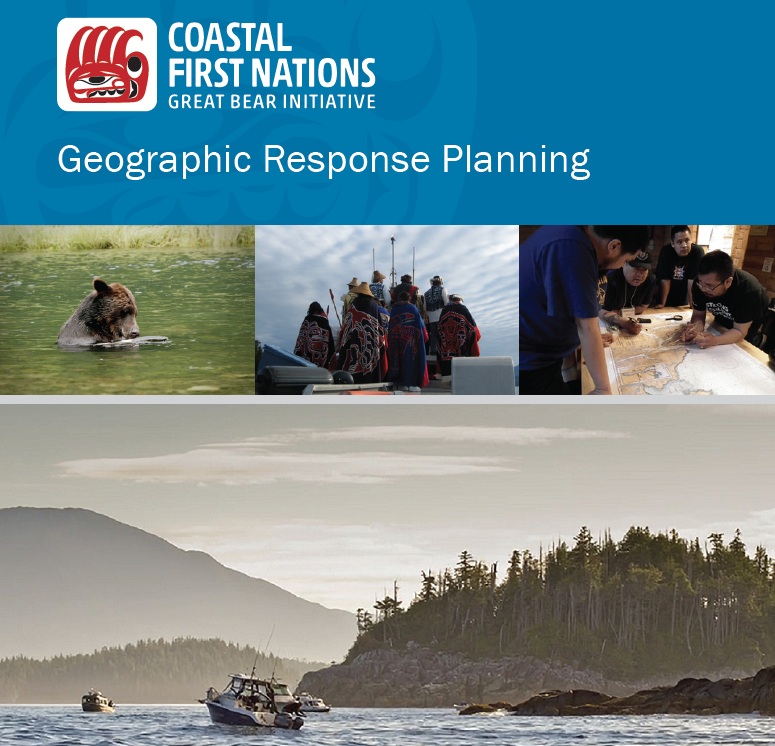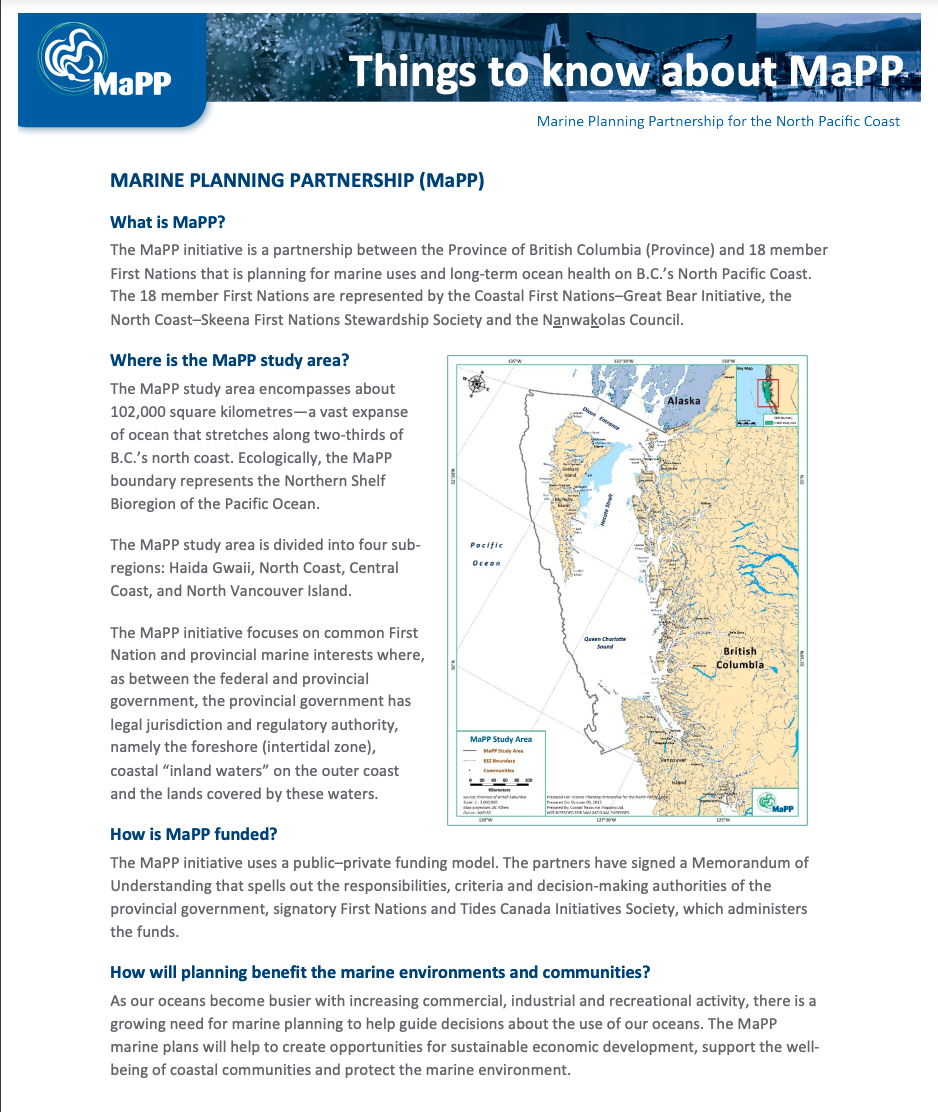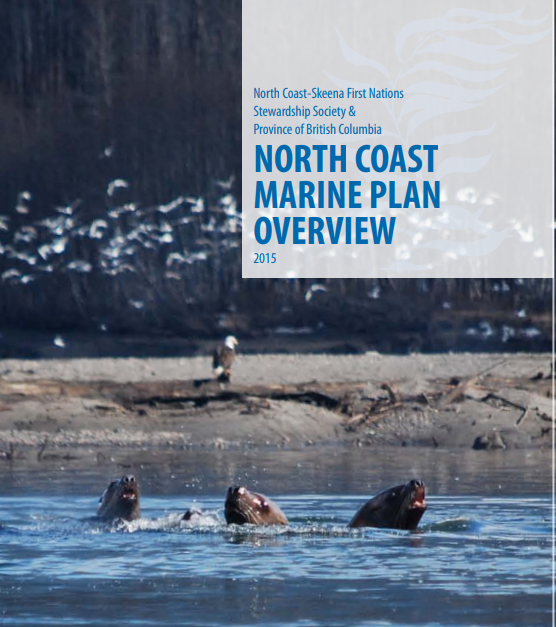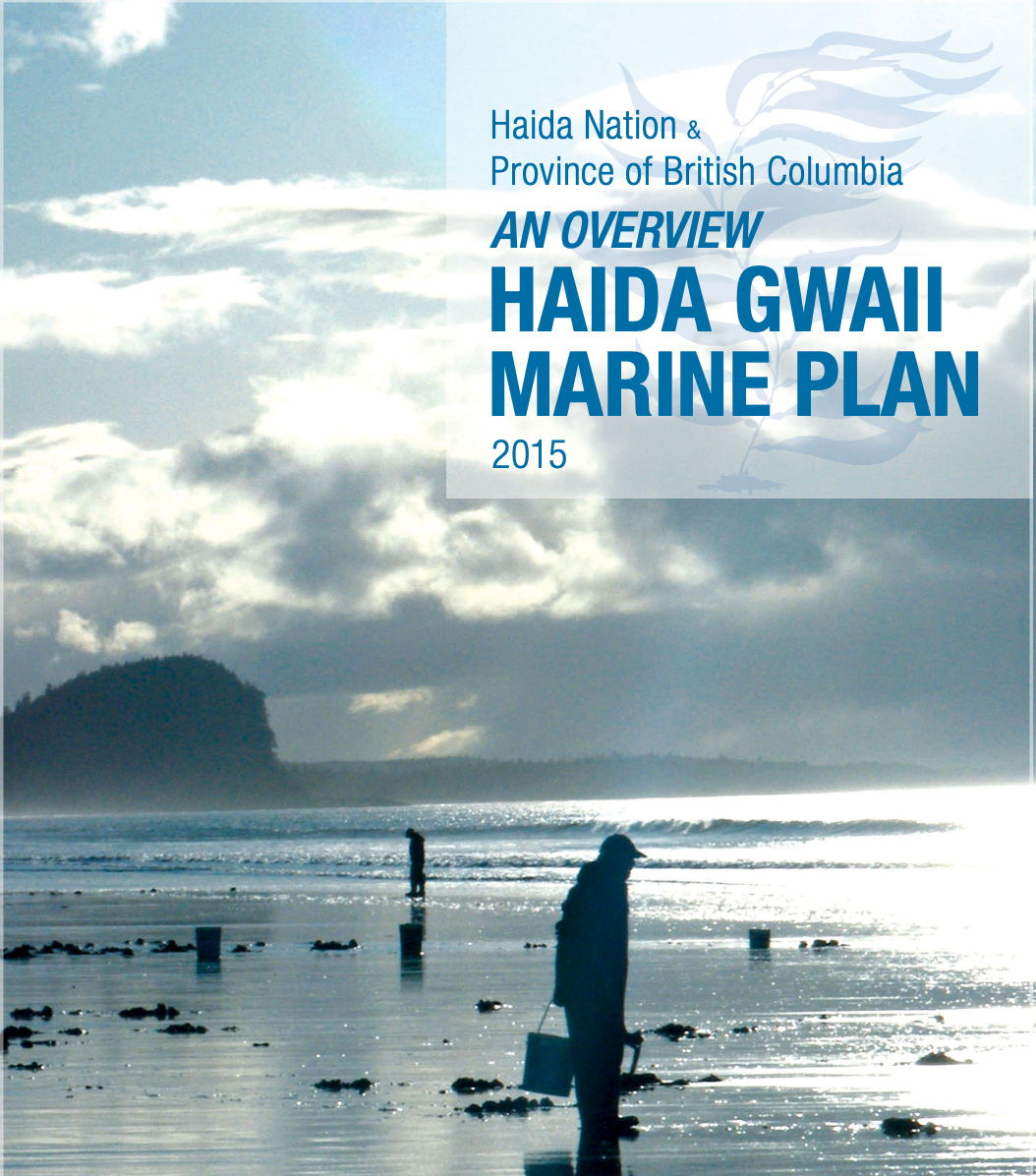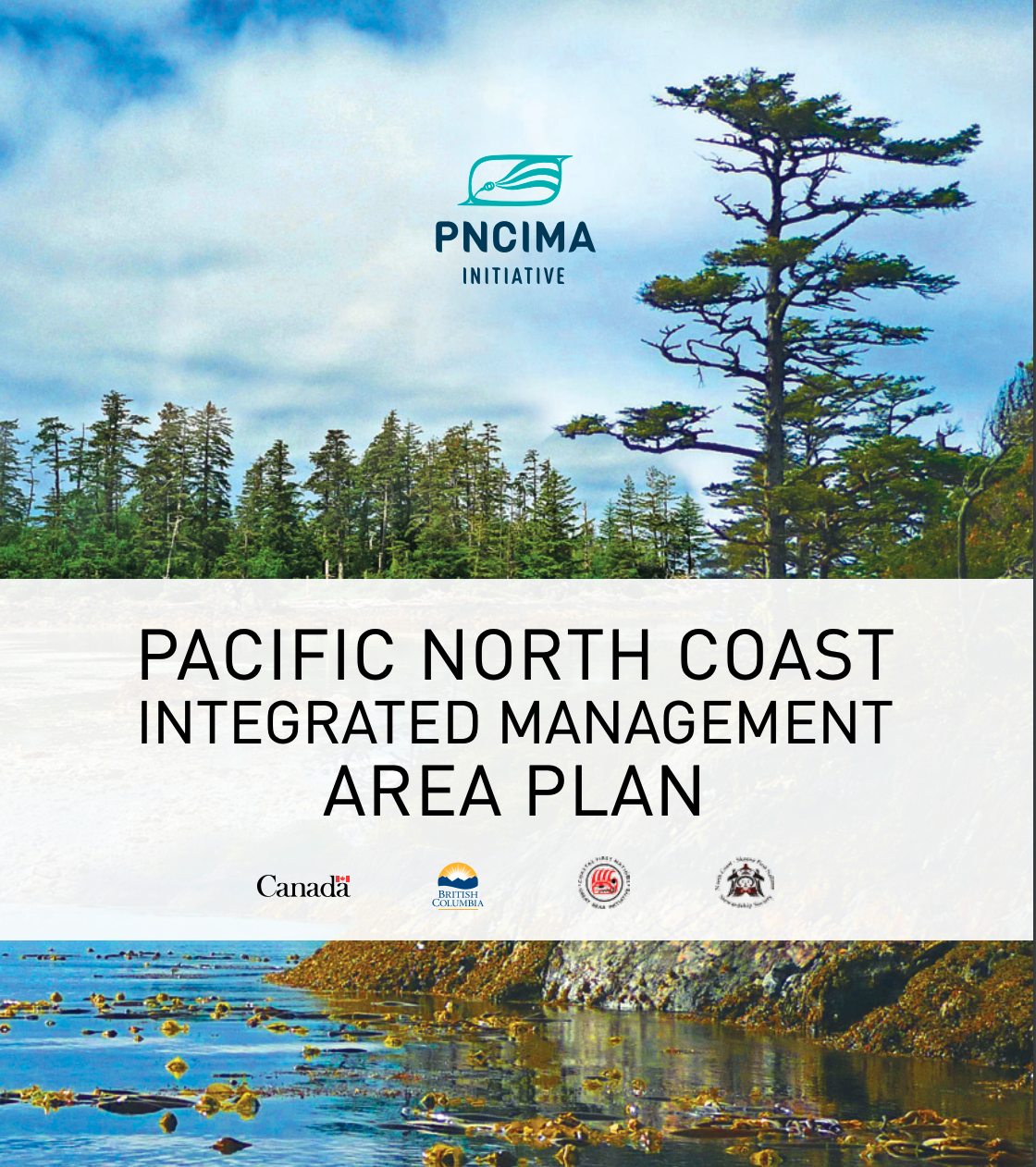Great Bear Sea Marine Protected Areas
Overview
CFN member Nations, along with other First Nations and federal and provincial governments, are working collaboratively on long-term efforts to advance ecosystem-based management of marine areas across the North Pacific Coast—an unprecedented initiative that is breaking new ground in terms of Indigenous co-governance.
Planners have created the Great Bear Sea Marine Protected Areas (MPA) network to protect the region’s ecosystems and abundant marine life, including salmon, eulachon, herring and other culturally important species, while ensuring resource uses that sustain coastal livelihoods.
The MPAs will protect marine biological diversity, including threatened and ecologically significant species and habitats, as well as First Nations’ cultural priorities and traditional harvesting uses.
The Great Bear Sea is also called the Northern Shelf Bioregion—one of 13 ecological bioregions identified for protection across Canada. The MPA network planning process covers the same geographic area as two other marine planning processes in our traditional waters:
- Marine Plan Partnership for the North Pacific Coast (MaPP)
- Pacific North Coast Integrated Management Area (PNCIMA)
The ultimate goal of this planning effort is to establish an ecologically comprehensive, resilient and representative network of marine protected areas that protects the biological diversity and health of the marine environment for present and future generations.
Creating a marine protected area network
Learn more about the collaborative effort to create the Great Bear Sea MPA Network.
What is a marine Protected Area?
Marine Protected Areas can help address human impacts on our oceans from overfishing, pollution and climate change.
Just like protected areas on land, MPAs set aside important ocean areas—from sea floor to surface—for conservation, safeguarding these areas from disruptive activities, such as commercial fishing, shipping and industrial activity. MPAs will ensure marine ecosystems stay productive and resilient, supporting food security and protecting coastal jobs into the future.
When used with other marine management tools, such as fishing closures and species protection, MPAs help protect, restore and replenish marine resources.
Marine areas already under protection include two conservation areas co-managed by the Council of the Haida Nation with Canada:
- Sgaan Kinglas/ Bowie Seamount Marine Protected Area
- Gwaii Haanas National Marine Conservation Area Reserve
First Nations community marine use plans have identified specific areas to protect based on the values our communities want to see protected. These Protection Management Zones (PMZs) and Special Management Zone (SPMZs) will range from full closures for all activity, to community use only, to exclusion zones that prohibit only specific activities.
Explore more stories:
Resources
CFN produces a wide range of reports, fact sheets and other publications. Check back regularly, as we will post new resources here.
